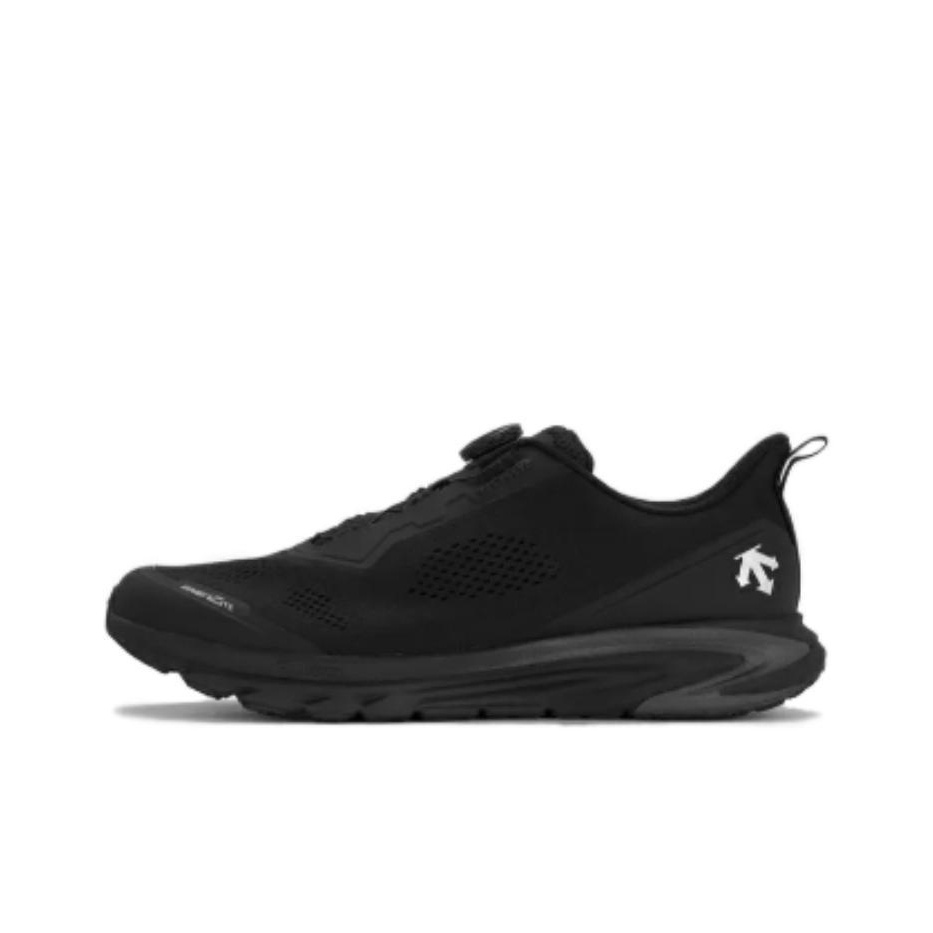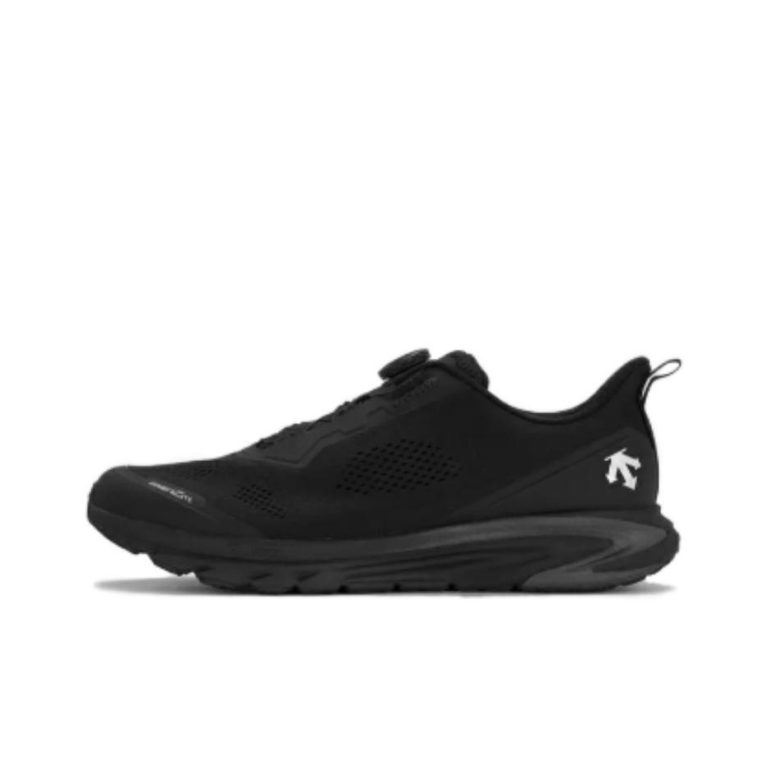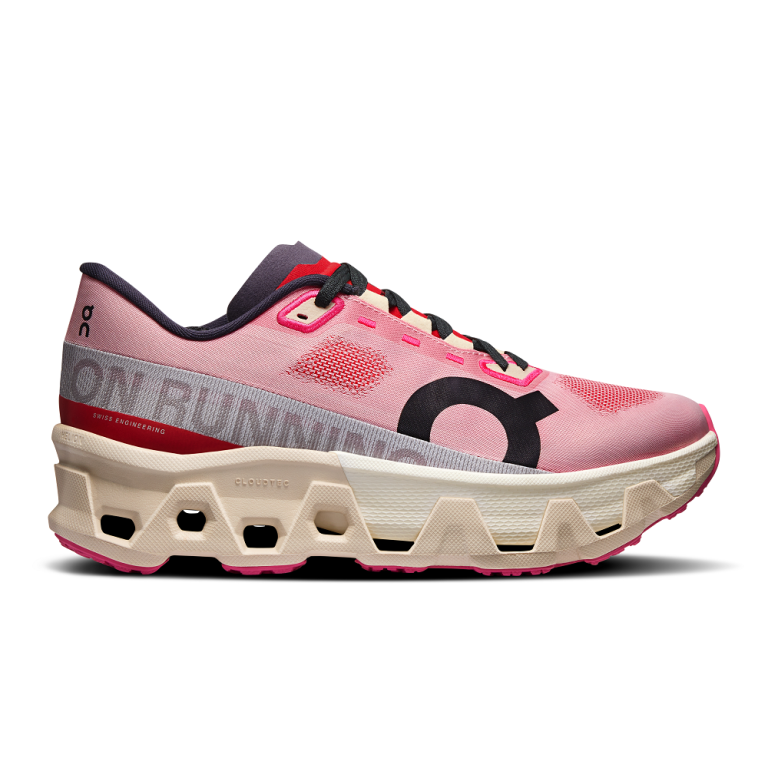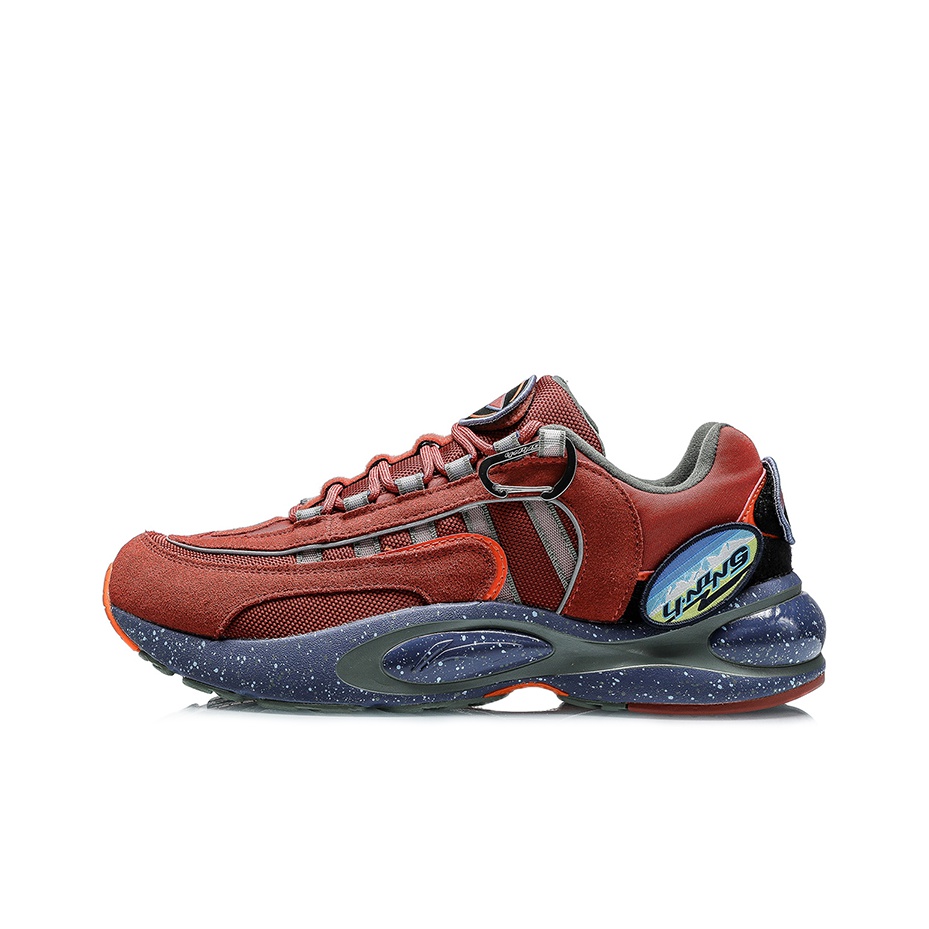
Running Shoes for Beginners: How to Find the Perfect Fit
Importance of Choosing the Right Running Shoes
Choosing the right running shoes is crucial for beginners. Proper shoes provide support, cushioning, and protection. They reduce the risk of injuries, such as shin splints or knee pain. Good running shoes for beginners also enhance performance and make running more enjoyable.
Wearing the wrong shoes can cause discomfort and long-term problems. Ill-fitting shoes may lead to blisters, aches, and muscle strain. They might also affect your running gait, causing further issues.
The right running shoes cater to your specific needs. They match your running style, foot shape, and environment. Selecting the right pair boosts confidence and helps build a consistent running habit.
Invest time in researching and testing shoes. Prioritize function over appearance. Remember, the right running shoes are an investment in your health and fitness journey.
Types of Running Shoes to Consider
Selecting the right type of running shoes is essential for beginners. Different shoes serve specific running purposes. Here are the main types to consider:
- Road Running Shoes: These are designed for paved surfaces. They offer light cushioning and flexibility. Use them for jogging or running on roads, sidewalks, or tracks.
- Trail Running Shoes: These are ideal for uneven terrains like trails or mountains. They provide extra grip and durability. Trail shoes also have thicker soles to handle rough surfaces.
- Cross-Training Shoes: These are suitable if your routine involves multiple activities. They deliver better side-to-side support. Use them for both running and gym workouts.
- Stability Running Shoes: These are best for runners with overpronation issues. They provide extra arch support and prevent inward foot rolling.
- Neutral Running Shoes: These are tailored for runners with a neutral gait. They offer balanced cushioning for comfort and performance.
- Minimalist or Barefoot Running Shoes: These mimic a barefoot feel. They encourage a natural running motion. However, these require practice and might not suit everyone.
Choosing the right running shoe type depends on your running surface and style. Beginners should focus on comfort and support tailored to their needs. Understanding these options will help you make an informed decision.
Key Factors to Look for in Running Shoes
Choosing the right features in running shoes is essential for beginners. Key factors like cushioning, support, comfort, and fit ensure your shoes meet your needs. Prioritizing these elements can prevent injuries and enhance your running experience.
Cushioning and Support
Cushioning absorbs the impact of running. It minimizes strain on your feet and joints. Look for adequate cushioning based on your running surface. Road runners need moderate cushioning, while trail runners need thicker soles for uneven terrain.
Support stabilizes your foot during movement. It’s particularly important for runners with overpronation or flat feet. Stability shoes or motion-control shoes offer added arch and ankle support. Ensure the support matches your running style to avoid discomfort or injuries.
Comfort and Fit
Comfort is non-negotiable when selecting running shoes for beginners. Ill-fitting shoes can cause blisters and hinder performance. Always try shoes on with your usual running socks. Leave about a thumb’s width between your longest toe and the shoe’s front.
The fit should feel secure but not tight. Check for heel security to avoid slippage. Each brand’s sizing may vary, so confirm your correct size and width before purchasing. Prioritize comfort over trendy designs for a better running experience.
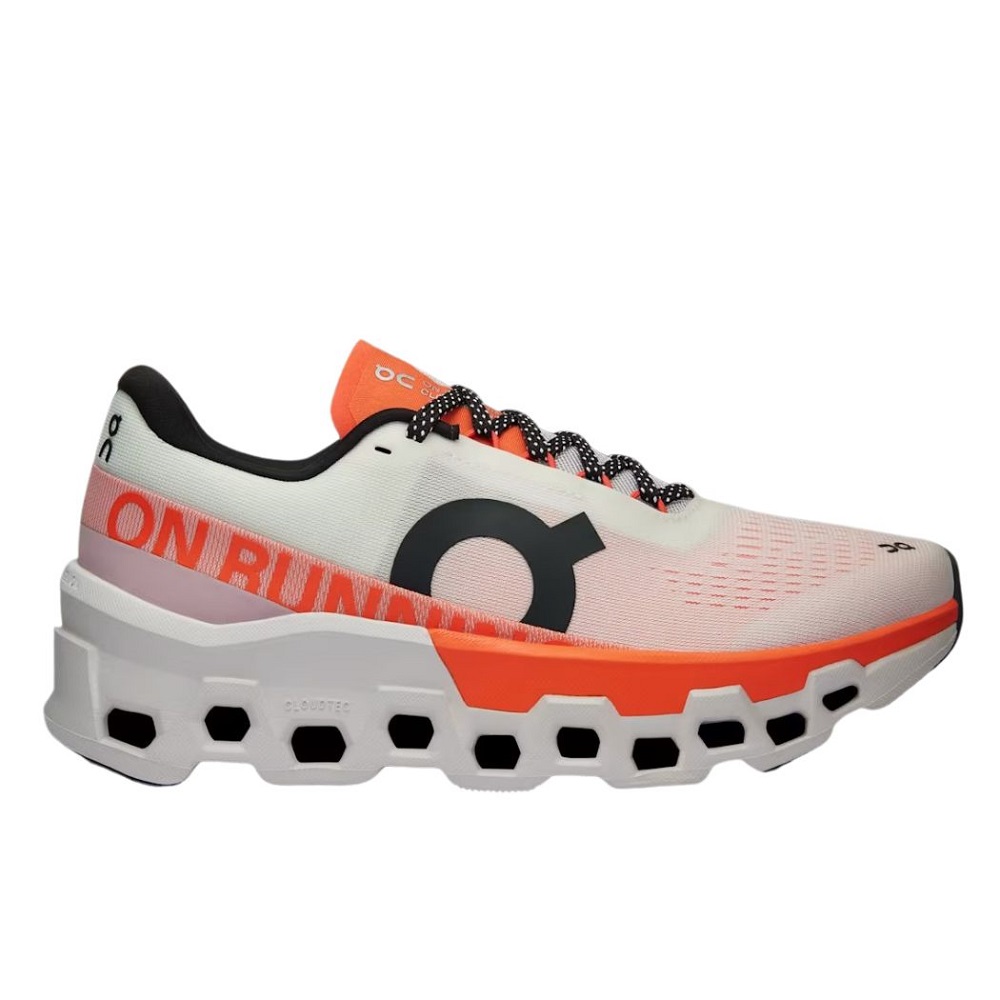
Knowing Your Running Style
Understanding your running style is key to picking the right shoes. Each person runs differently, and their shoes need to match their unique style. Your running gait, foot movement, and impact areas influence the type of shoes you need. Identifying these factors can boost comfort, prevent injuries, and enhance performance.
Learning your style involves analyzing how your feet land and roll during each step. This process helps determine whether you require extra support, stability, or cushioning in your shoes. Beginners should take time to understand their running mechanics for a better start to their journey.
Pronation and Gait Analysis
Pronation refers to the natural inward roll of the foot while running. It plays a major role in shock absorption. However, too much or too little pronation may lead to discomfort and injury.
- Neutral Pronation: The foot rolls inward slightly, distributing weight evenly. Neutral shoes work best here.
- Overpronation: The foot rolls inward excessively, putting strain on the arch and ankle. Stability shoes or motion-control shoes provide extra support.
- Underpronation (Supination): The foot rolls outward, often stressing the outer foot. Cushioned shoes can help absorb impact.
To identify your pronation type, a gait analysis is highly useful. It involves studying how your foot moves when running or walking. Specialized stores often provide free gait analysis services. They observe your foot’s motion, either in-person or through advanced video technology.
By knowing your pronation and gait, you can make smarter choices. The right shoes will complement your biomechanics, making running more enjoyable and injury-free.

Common Mistakes When Selecting Running Shoes
Selecting running shoes can be tricky for beginners. Avoiding common mistakes helps ensure better comfort and performance.
Ignoring Shoe Compatibility
Many beginners overlook compatibility between their shoes and their running style. This mistake leads to discomfort and injuries. Ensure your shoes match your running surface, gait, and pronation type. For example, road running shoes suit paved surfaces, while trail shoes work for rough terrains. Conduct a gait analysis to understand your foot’s motion. Shoes mismatched with your needs can strain your muscles and joints. Prioritize compatibility to enhance your running experience.
Buying Based on Style Over Functionality
Purchasing shoes solely for their appearance is a common mistake. Trendy designs may not provide needed support or cushioning. Stylish shoes often lack features tailored to specific running conditions. Instead, focus on functionality, including fit, durability, and purpose. Test shoes for comfort and ensure they cater to your foot shape and movement. Investing in functional shoes reduces injury risks and improves performance. Save style choices for casual footwear, not your running essentials.
Best Running Shoe Brands for Beginners
Choosing the right running shoe brand can simplify the process for beginners. The best brands focus on comfort, durability, and support to meet diverse running needs. Here are some top brands to consider:
Nike
Nike offers versatile running shoes for all experience levels. Their designs prioritize cushioning and lightweight construction. Beginners appreciate Nike’s wide variety of options tailored for both road and trail running. The brand’s advanced technology, like Zoom Air and React foam, ensures smooth strides and reduces foot fatigue.
Adidas
Adidas integrates innovation and performance in its running shoes. Models like Ultraboost feature exceptional cushioning and responsiveness. Adidas shoes are ideal for beginners seeking durability and style. The brand uses Primeknit material for superior fit and comfort, enhancing your overall running experience.
Brooks
Brooks specializes in running shoes, creating products optimized for comfort and injury prevention. Their flagship models, like Ghost and Adrenaline GTS, cater to different gait types. With high-quality cushioning and stability features, Brooks is perfect for new runners looking to protect their joints.
Asics
Asics focuses on support and stability, making their shoes suitable for beginners. Their Gel technology enhances shock absorption, reducing strain on your feet. The brand’s models, like Gel-Kayano and Gel-Nimbus, provide excellent arch support for runners with pronation issues.
New Balance
New Balance offers reliable cushioning and wide-fitting options. This brand is great for beginners with unique foot shapes or width needs. Models like Fresh Foam and 880 combine performance, comfort, and stability, perfect for different running terrains.
Saucony
Saucony delivers running shoes with advanced cushioning and flexibility. Their designs suit various running styles, including road and trail. Popular models like the Kinvara or Triumph focus on lightweight builds and smooth transitions for new runners.
Hoka One One
Hoka running shoes are renowned for their thick midsoles and excellent cushioning. Beginners love the lightweight designs and support for longer runs. Their models, like Clifton and Bondi, are specifically crafted for comfort and shock absorption.
Selecting the right brand depends on your personal needs, style, and running surface. Beginners should prioritize comfort and function for a successful start.
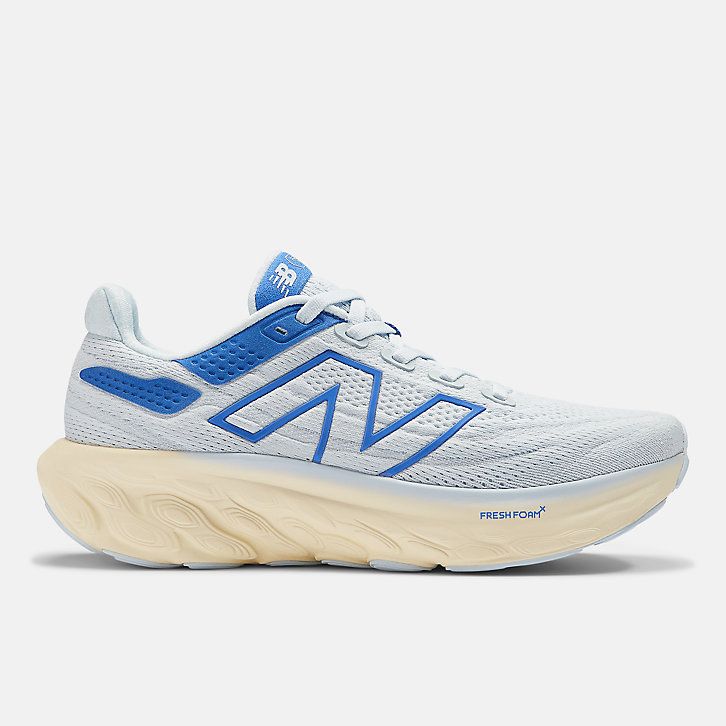
Tips for Testing and Trying Running Shoes
Testing running shoes properly is crucial for beginners. It ensures the shoes fit and meet your needs.
- Visit a Specialized Store: Choose stores that focus on running shoes for expert advice. They usually offer gait analysis and shoe recommendations tailored to your running style.
- Try Shoes in the Afternoon: Feet swell slightly during the day. Testing shoes in the afternoon ensures a better and realistic fit.
- Bring Your Running Socks: Test shoes with the socks you plan to use for running. This prevents any surprises with fit or discomfort later on.
- Walk and Jog in the Shoes: Many stores have treadmills or areas to test shoes. Walk and jog to evaluate comfort, cushioning, and support.
- Check Room for Toes: Ensure there’s about a thumb’s width of space between your toes and the shoe front. This prevents blisters and discomfort during runs.
- Inspect Heel Security: The heel should feel secure without slipping. Slippage leads to instability and possible injuries.
- Pay Attention to Overall Comfort: Comfort is key. Shoes that feel uncomfortable during testing will likely feel worse while running.
- Ask Questions: Get information about the shoe’s durability, running surface compatibility, and any special features.
Testing and trying properly helps beginners find shoes that enhance performance and reduce injuries.
How Often Should You Replace Your Running Shoes
Running shoes wear down over time and lose their ability to provide proper support. Replacing your shoes regularly helps maintain comfort and prevent injuries. The frequency of replacement depends on several factors, including usage, running surface, and shoe quality.
Factors That Affect Replacement Frequency
- Mileage: Most running shoes last 300 to 500 miles. Track your mileage to monitor wear.
- Running Surface: Shoes used on rough trails wear faster than those used on roads or treadmills.
- Type of Shoe: Lightweight or minimalist shoes tend to wear out quicker than conventional cushioned shoes.
- Physical Wear Signs: Look for creased midsoles, worn outsoles, or visible holes. These signs indicate it’s time to replace your shoes.
General Guidelines for Replacement
- Regular Runners: Replace shoes every 6 to 12 months, depending on mileage.
- Occasional Runners: Replace shoes once a year if the usage is low.
- Frequent Training: High-mileage runners may need new shoes every 3 to 6 months.
Tips to Extend Shoe Life
- Alternate Shoes: Rotate between pairs to reduce wear and tear.
- Proper Storage: Avoid extreme temperatures and store shoes in a cool, dry place.
- Maintain Shoes: Clean them regularly to avoid dirt buildup and keep materials intact.
Replacing shoes on time ensures safety, comfort, and optimal performance. Monitor your running mileage and inspect shoes often.
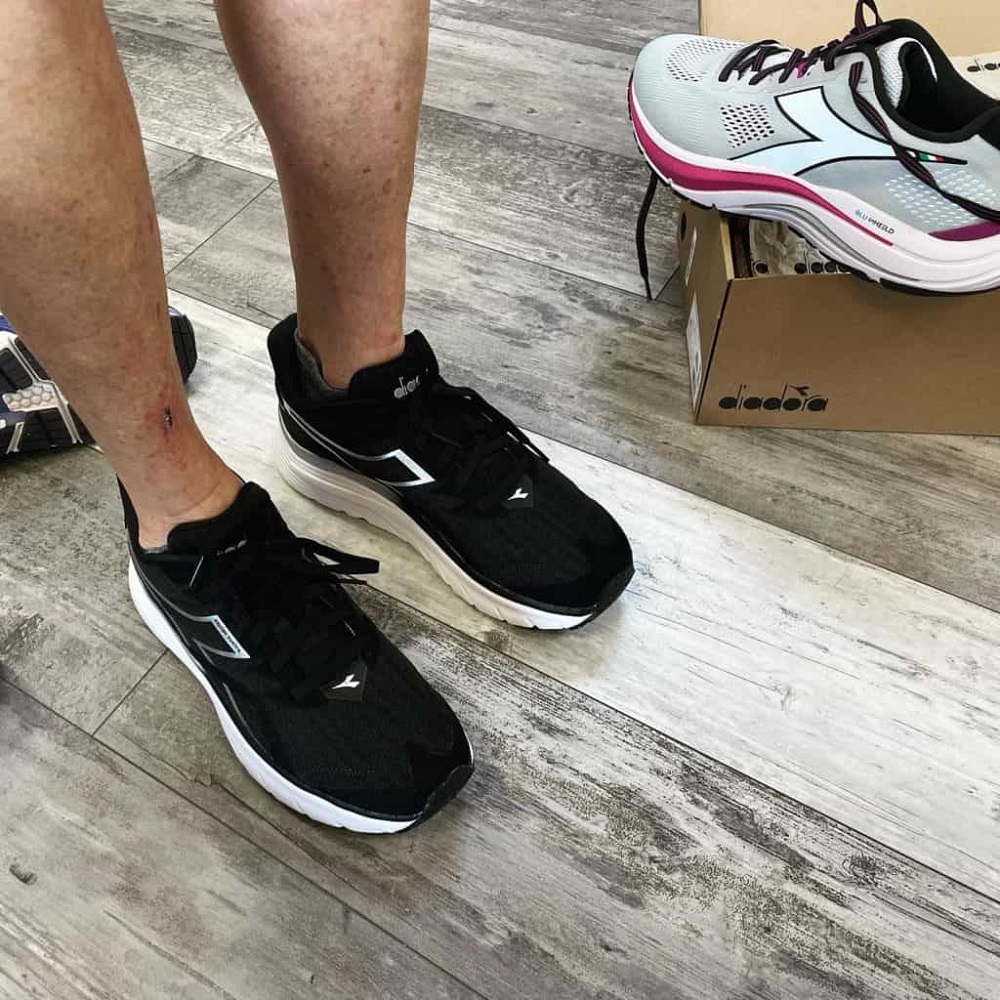
Caring for Your Running Shoes
Maintenance and Cleaning
Once you’ve found your perfect pair of running shoes, proper care is crucial to prolong their lifespan. Regular cleaning helps maintain the integrity of the materials. Use a soft brush to remove dirt from the outsole and a damp cloth to wipe down the upper materials. It’s important to let them air dry naturally—avoid using direct heat sources like a dryer.
It’s also wise to alternate between two pairs of running shoes if you plan to run frequently. This will give each pair time to decompress and dry out, leading to a longer lifespan and better performance.
Monitoring Shoe Lifespan
Keep track of the distance you run in your shoes. Generally, running shoes should be replaced after 300 to 500 miles, depending on the walking surface, your running style, and your weight. Pay attention to signs like decreased cushioning, visible wear on the outsole, or any discomfort during runs. These indicators will help you decide when it’s time for a new pair.
Enjoying Your Running Journey
In conclusion, the journey of finding the perfect pair of running shoes for beginners can be both exciting and rewarding. For beginners, understanding the importance of proper footwear is critical to achieving comfort and preventing injuries. Identifying your foot type, trying on various styles, and considering factors such as cushioning and support can significantly impact your running experience.
With the right running shoes, you will be better prepared to enjoy the myriad benefits that running offers. As you embark on your running journey, remember to take care of your footwear and monitor its performance over time. By doing so, you will set a solid foundation for a successful and enjoyable running experience. Embrace the joy of running, and know that each step you take is supported by your choices in footwear and care. Happy running!
